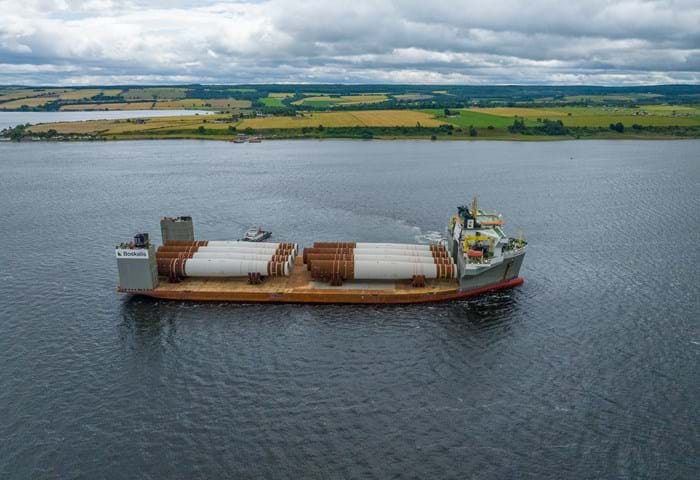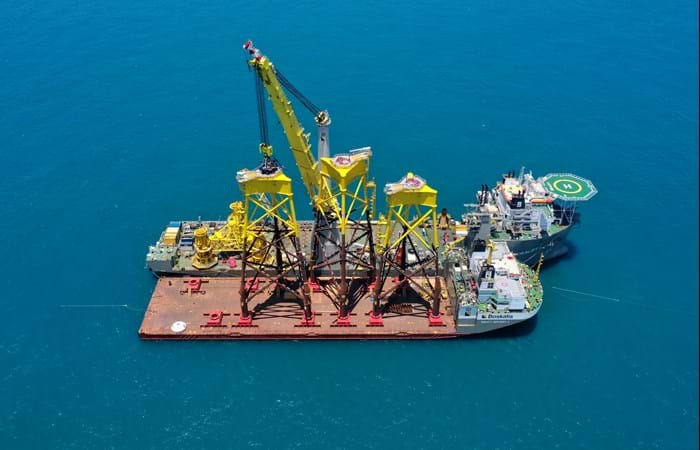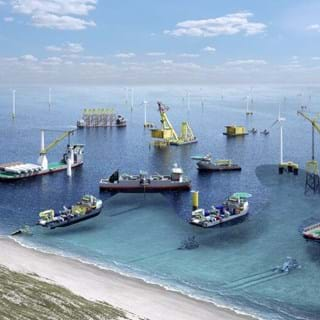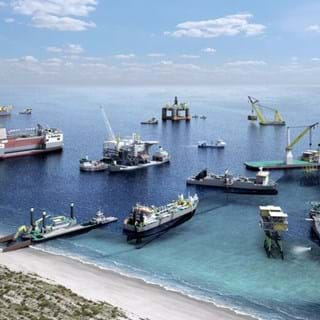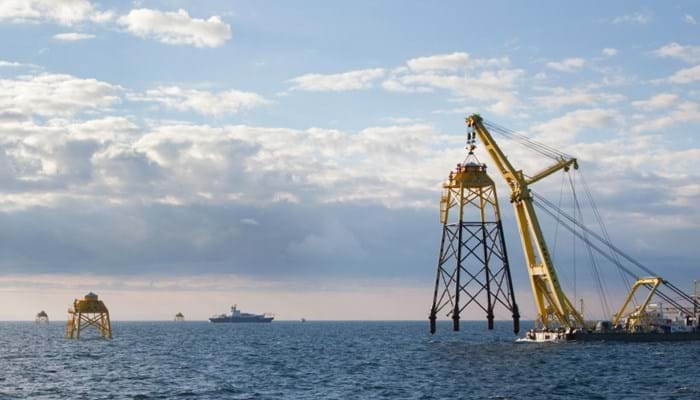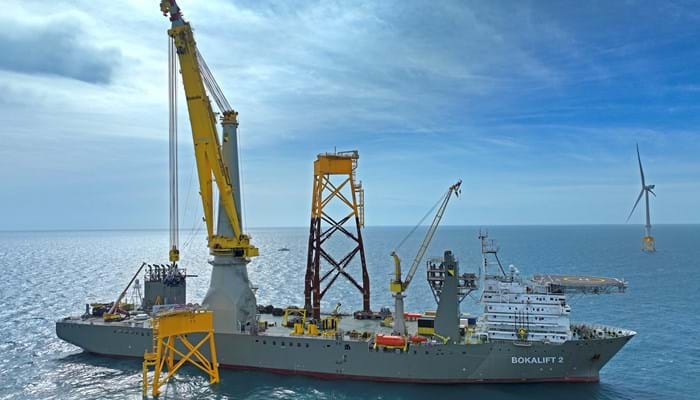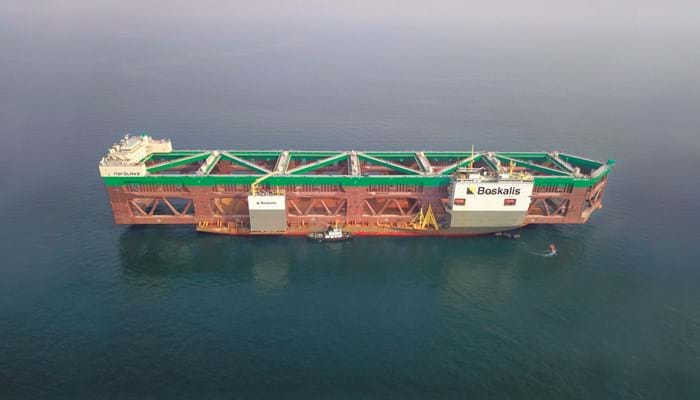The worldwide long-term increase in demand for energy is driving a rise in oil and gas exploration and production. At the same time, climate change means more access to renewable energy is needed. To fulfil those challenges, Boskalis provides an unparalleled range of specialist services for the offshore energy industry.
Our offshore fleet
Find out more about our fleet.
